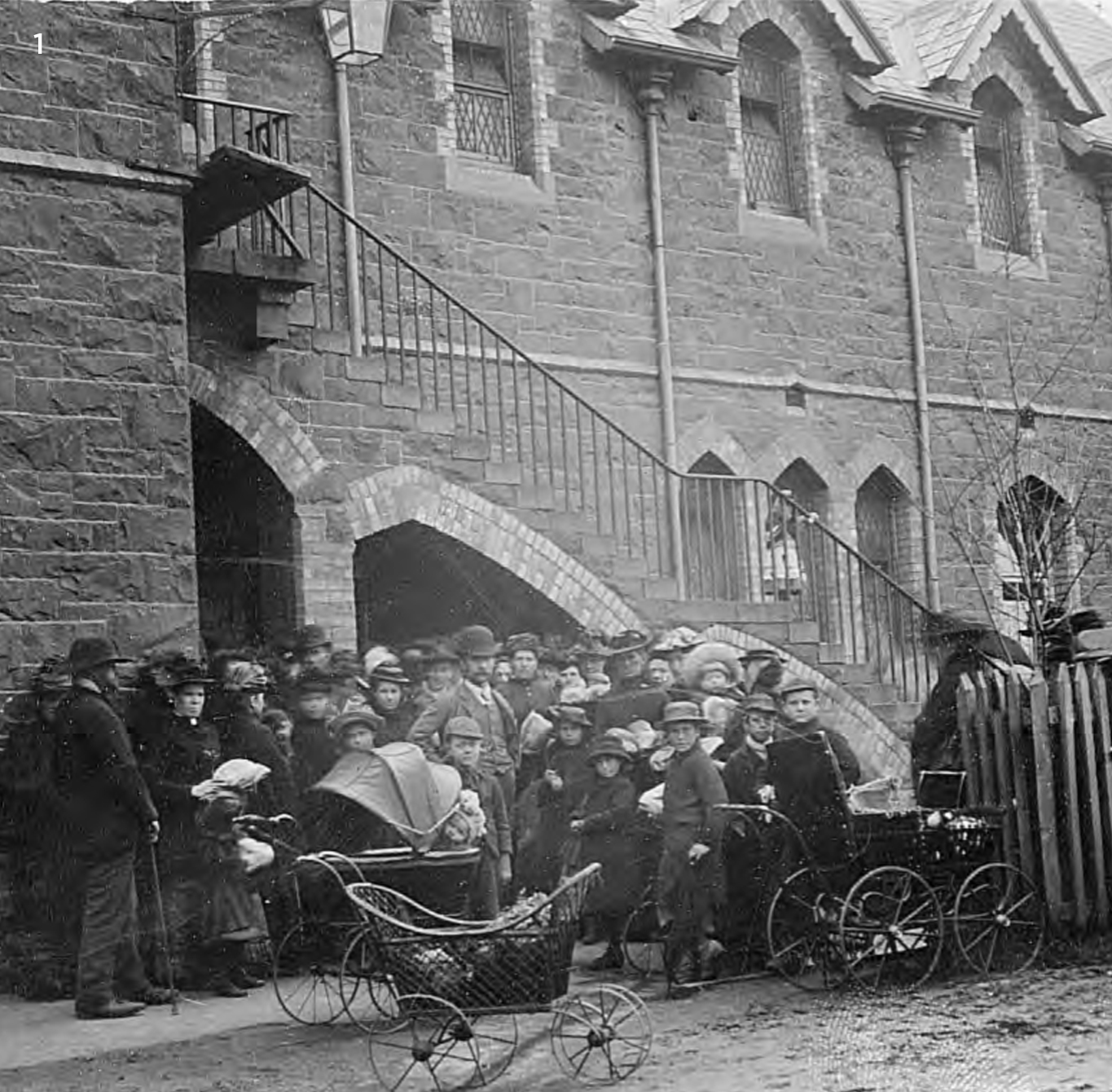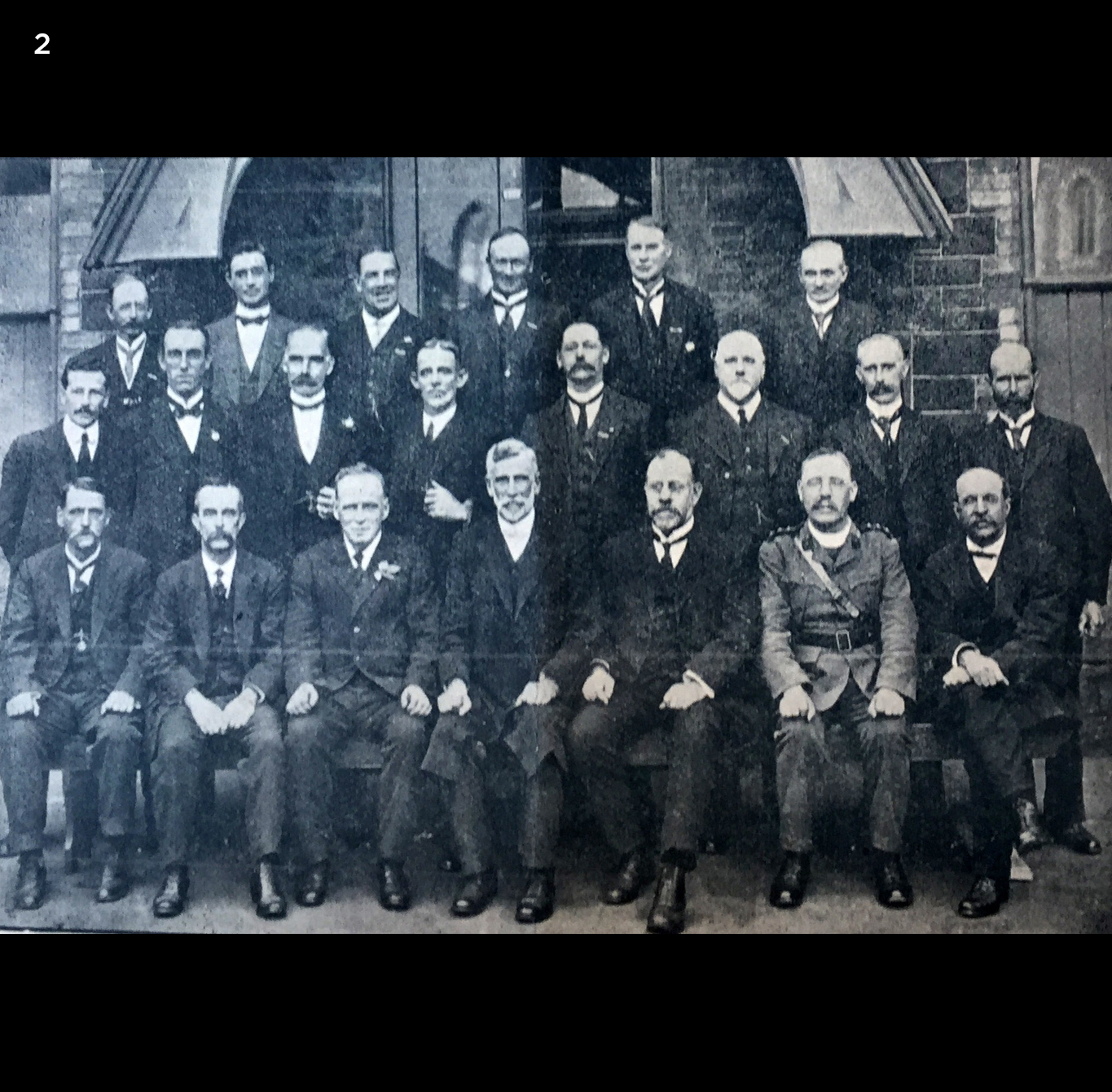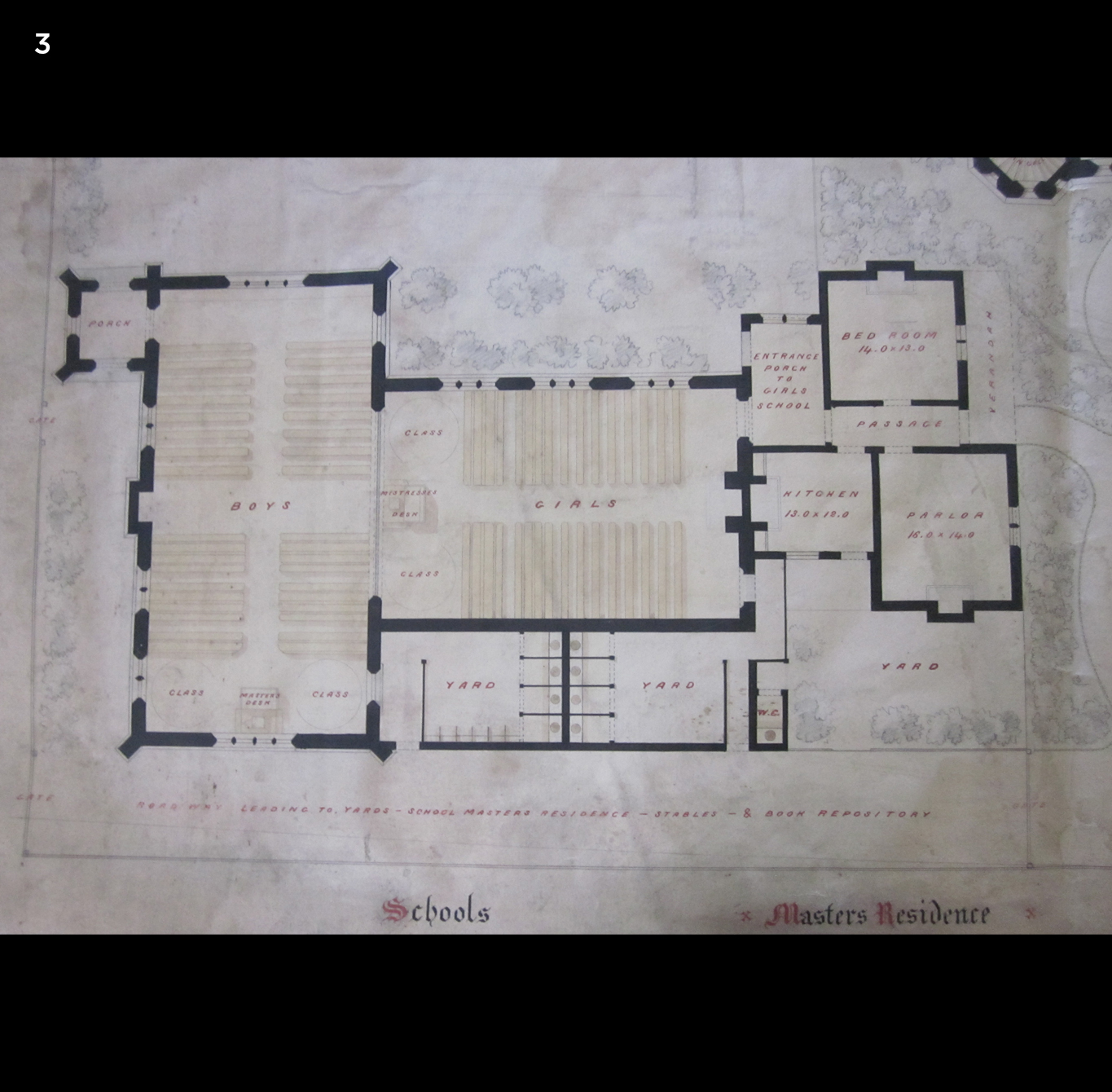Stop A7: Former School House



Click on the above to listen to audio of the Former School House
A place of education and compassion
Designed by Joseph Reed as part of the original church complex, the School House was built in 1859. It originally featured segregated classrooms for boys and girls accessed by separate entries. A similar intention may also be reflected in the two separate external bluestone stairs leading to the first floor.
In 1893 it was adapted for use by the Wesley Central Mission and became the focus of the Church’s social welfare programs during the economic depression.
Completing Joseph Reed’s vision
The former School House was one of three buildings designed by Joseph Reed for the complex; the other two being the Wesley Church and the Manse. It replaced an earlier temporary Wesleyan School House that was constructed soon after the Church was granted the land on Lonsdale Street in 1850.
The site for the new School House was to the rear of the church to the north-west of the site. The land required excavation of the timber yard that had previously been situated there and the works uncovered stumps of the red gum trees that had formerly grown on the site.1
Furthering education and the Mission
The two-storey School House had various uses. From its erection until 1873, the lower school room was used a Church day school before being rented out for use as an Education Department school. One student from this era was a future Australian Governor-General Sir Isaac Isaacs.
After 1878, it reverted to a Sunday School. A book depot was opened at the southern end of the ground floor in 1861, which rented the space from the Church trust until 1873.
The building became the headquarters of the Wesley Central Mission in 1893 and the Mission’s offices were moved into the former book room. During the 1890s depression, a range of relief services were run from the School House. Food was distributed from the lower schoolrooms, alongside this was a labour bureau and club for the unemployed. Cookery and other classes were also held in the schoolrooms. In recent years the School House was used by Lifeline.
References
1A J Derrick, The Diamond Jubilee of the Wesley Church, 1914 p. 7
- Local residents queuing for relief outside the School House, 1890s Source: Wesley Mission Archives
- Group of Central Mission Stewards, outside the School House, 1918. Source: Report of the Central Mission and its Institutions, 1918
- Plan of the School House. Source: University of Melbourne Archives